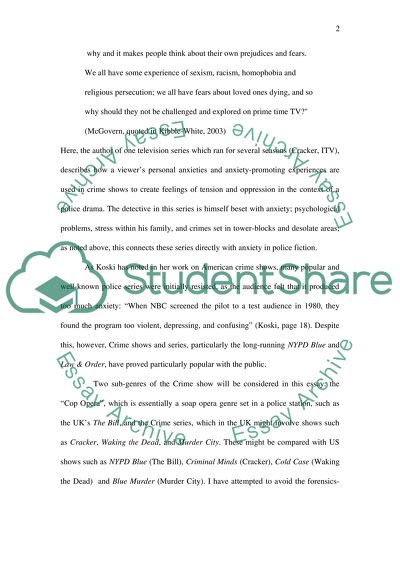Cite this document
(“Crime Drama Essay Example | Topics and Well Written Essays - 3000 words”, n.d.)
Retrieved from https://studentshare.org/miscellaneous/1531671-crime-drama
Retrieved from https://studentshare.org/miscellaneous/1531671-crime-drama
(Crime Drama Essay Example | Topics and Well Written Essays - 3000 Words)
https://studentshare.org/miscellaneous/1531671-crime-drama.
https://studentshare.org/miscellaneous/1531671-crime-drama.
“Crime Drama Essay Example | Topics and Well Written Essays - 3000 Words”, n.d. https://studentshare.org/miscellaneous/1531671-crime-drama.


